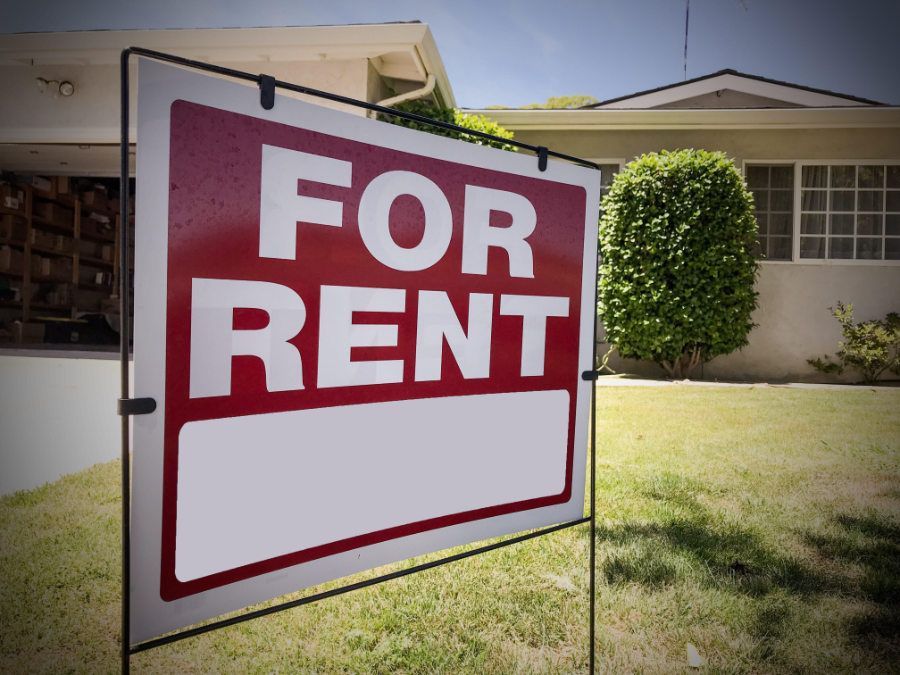What is Your Approach for Investing in Real Estate in Long Beach?
Dustin Edwards • April 2, 2021
Find the Approach that Matches Your Personality

When you first start investing in real estate in Long Beach
it can feel overwhelming. There are countless books, nearly endless videos and plenty of “gurus” who are happy to coach you to success with your real estate investing goals. While you certainly can pick up tips from nearly anywhere we have found that investing in real estate most commonly falls into a few categories. Understanding which category you fall into as an investor can help you to get the most from your investments...and as you go on in your investing path you certainly can have investments in each category.
Buy and Hold
Buying and holding an investment is as straightforward as it seems. In this form of real estate investing the investor usually identifies a property that is nearly turn-key (i.e. doesn’t need repairs/updates) and then leases it to a tenant. Of course they could involve a local property management company
for the lease up portion, but the key here is that the investor purchases the property at an optimum price, does not need to capitalize the property with additional investment dollars, and then leases it up with the goal of holding it for an extended period (usually 10 years or longer).
Buy, Update, and Hold
In this category of real estate investment the investor identifies a property (whether that be a single family home, condo, duplex, etc.) that isn’t up to today’s tenants goals. This could mean that the property hasn’t been updated since its original charm of the 1940’s or 1970’s but is structurally sound none the less. While “charm” can be nice if you are a homeowner tenants generally want to know they are stepping into a turnkey property when they are going to be paying top dollar for the rental.
An investor that has this approach will often look for a property where they can bring a fresh update to key areas such as the kitchen and bathroom(s) so as to demonstrate to a tenant that they will enjoy a top notch property. Preferably the updates are more on the cosmetic side (i.e. including such items as cabinets, counter tops, etc.) but not with the goal of structural items (i.e. roofing, foundation, etc.) as the structural items aren’t contributors to increasing the rental value.
Buy, Improve, and Hold
An investor with the approach of improving the property is looking to add tangible value to the property by adding square footage. The investor who adds square footage understands that in Southern California you could be paying up to $350 a square foot to develop the property further but the value of that square footage can be $500-$700+ in the Long Beach market.
Adding square footage can come in the form of adding a second bathroom to make a common 3 bedroom, 1 bathroom home a highly desirable 3 bedrooms and 2 bathrooms or it could mean something as dramatic as adding an ADU to a property. When you look to improve a property, take time to do careful analysis, such that you don’t over build for the given neighborhood.
One area you didn’t see us address is that of ground-up new construction. While this is certainly a possibility, we have found that where Long Beach is currently in it’s growth cycle generally the ground up new construction projects are larger multifamily developments.
If you’d like guidance on any category of investment we shared here we invite you to call us today at (562) 888-0247 as we’d be happy to help. When you want a quick check to see how much your property could fetch in rent we invite you to fill out our Free Rental Analysis where we perform a comprehensive comparison to share your rental stacks up to the competition.





